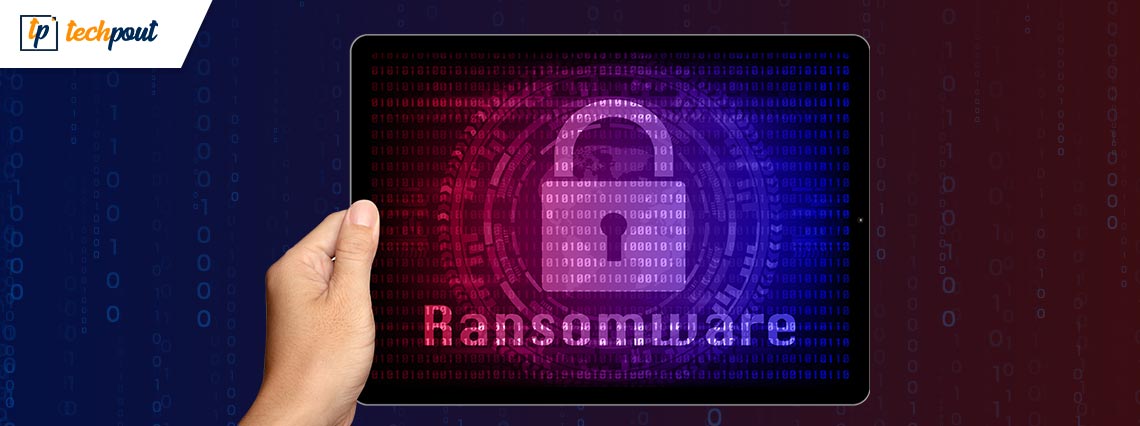Cloud identity governance spotlight on the Ransomware “Industry”

Extortion and ransomware are high-profit, low-cost businesses that can easily cripple targeted organizations. What began as simple single-PC ransomware has evolved into a wide range of extortion schemes enabled by human intelligence, infecting the networks of all types of organizations around the world. This is especially concerning when the breach could have been avoided by effective governance of online identities.
Organizations do typically not need to depend on their in-house technical skills and experience. Identity management in cloud computing is essential for cloud security. Misconfigured cloud identities can bring a whole application down or lead to a major security compromise. Organizations can partner with third parties to take care of their cloud identity governance through a specialized Cloud Identity Platform.
What Is Ransomware?
Ransomware is malicious software that prevents a user or organization from accessing files on their computer. Malicious actors encrypt these files and demand a hefty ransom payment for the decryption key, putting businesses in a position where paying the ransom is the simplest and cheapest method to regain access to their data. Some ransomware variations have introduced extra capabilities, such as data theft, to entice ransomware victims to pay the ransom.
It should be clear that this kind of attack could not only cripple an organization by removing access to system critical data but could seriously tarnish an organization’s reputation. These kinds of attacks generally lead to vast volumes of sensitive information being dumped onto the public domain or sold off to the highest bidder. This information could be personal information such as unhashed user accounts or worse, sensitive financial information exposing business strategies or undeclared profits. Typically the fallout after such a breach has a greater impact than the breach itself. Opening the organization to possible non-compliance and eventual litigation.
Also Read: What is Computer Security | Common Computer Security Threats
Ransomware As A Service (RaaS)
The Conti ransomware initially surfaced in July 2020, using a double extortion business model. A victim is first extorted for ransom and the possible publication of their stolen data in this double extortion approach. Conti is also ransomware as a service (RaaS), a subscription-based service that gives service affiliates immediate access to ransomware-building tools and builds. Affiliates of the service agree to split ransom payments between the ransomware developer and the malicious actor who carried out the attack. Making it a lucrative industry for hackers.
Conti typically acquires access to a victim’s network through other threats such as Trickbot, IcedID, or Zloader. Conti features a configurable reconnaissance module that can scan internal networks for network shares and other high-value targets once inside the victim network.
Conti begins encrypting user-modifiable data and databases depending on specified file extension lists once it is installed inside the victim’s environment. A ransom note would then be placed in every file directory after the encryption is complete, instructing the user on how to contact the malicious actors.
The ransomware business model has effectively morphed into an intelligence operation, with criminal actors researching their target victims to determine the best ransom demand. After infiltrating a network, a criminal actor may exfiltrate and study financial documents and insurance plans. They may also be aware of the consequences of breaking local laws. The actors will then demand money from their victims to unlock their systems and prevent public disclosure of the victim’s exfiltrated data.
Also Read: Best Free Spyware Removal Tools For Windows PC
How Can This Be Avoided?
A key metric when it comes to ransomware breaches is the curation of identities and effective segregation of duties. Cloud identity governance plays a major role in the protection of organizations against ransomware data breaches.
Malicious actors might gain access to closed environments by installing malicious software to harvest online identities and authentication credentials. This software might emerge through carefully planned social engineering or some other subtle mechanisms depending on human nature.
Organizations must play an active role in the curation of their online identities. By partnering with an industry specialist, organizations have the opportunity to introduce solid security protocols and practices into their cloud environments. There is a definite correlation between the lack of online identity governance and the increased risk of ransomware attacks. By practicing effective cyber hygiene malicious actors have less of an attack surface and organizations can rest assured.


